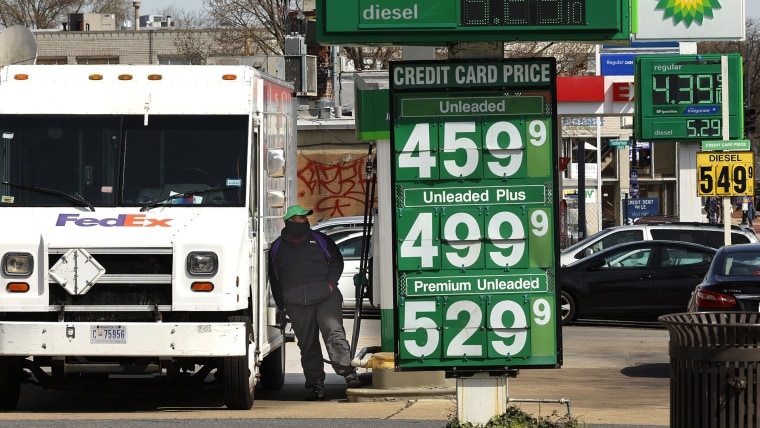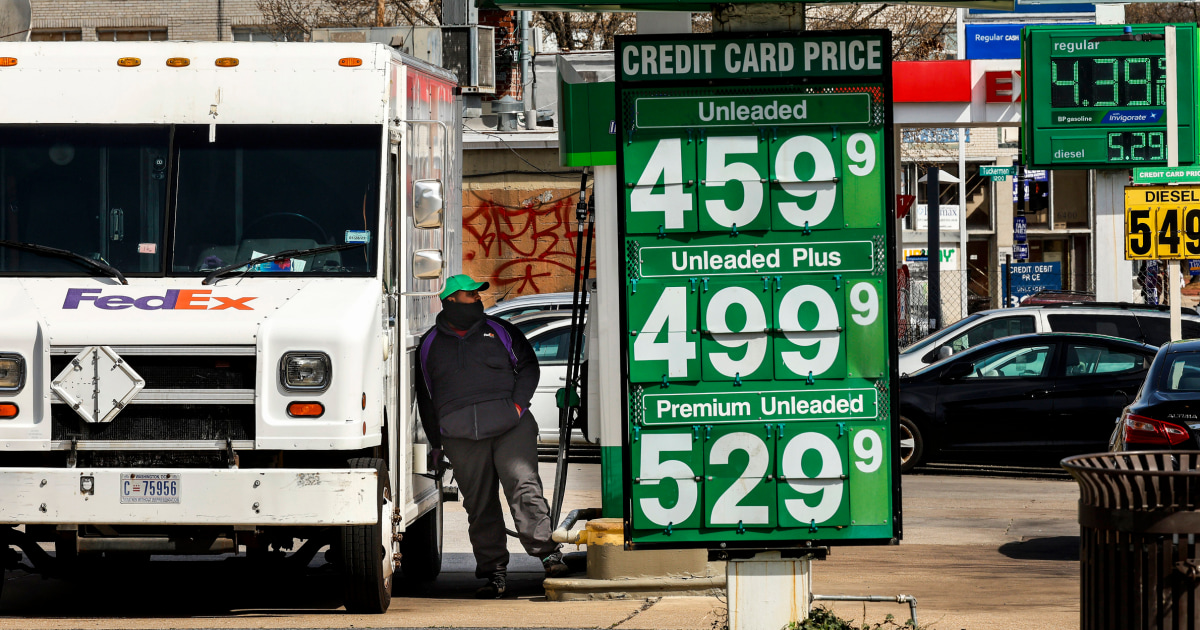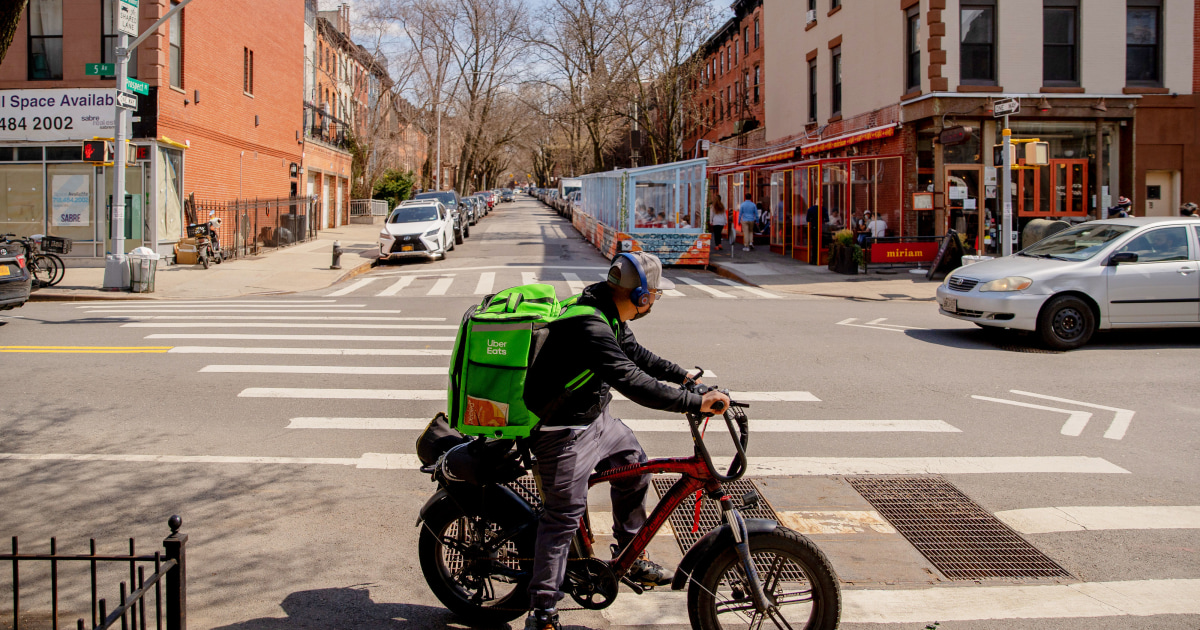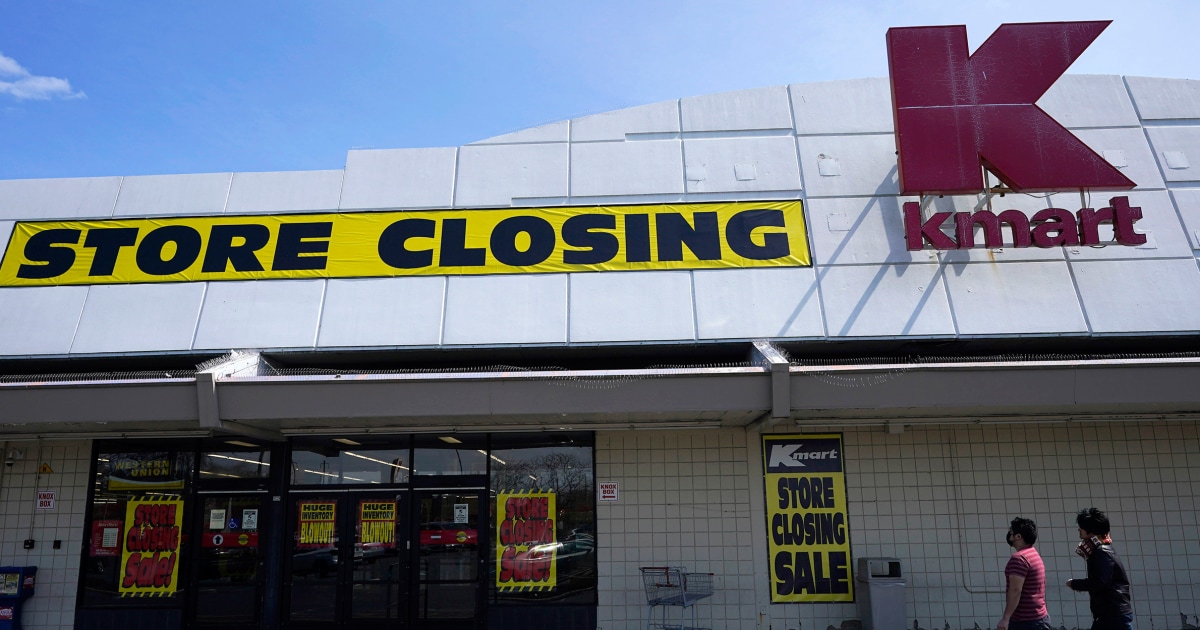Three factors promote high inflation and what needs to be done to cool it down
If you’re looking for everyday items on your shopping list for a discount, you might have to wait a while.
Data released by the Bureau of Labor Statistics last week showed inflation was up 8.5% in March from a year ago – the biggest increase since 1981. The increase was nearly all-encompassing, with energy, accommodation and food prices all rising at record levels.
And while consumers across the economy are feeling the pinch, rapidly rising inflation tends to strangle low and fixed incomes. who earns the most money. Richard Curtin, director of investigations into consumer psychology at the University of Michigan, said his data shows that the “pain” of inflation has touched every corner of the US economy.
“You have to eat, you have to drive to work and take the kids to school, and you have to live somewhere. These are not arbitrary zones,” said Curtin, adding that consumers are looking for other places where they have room to cut their costs.
“It was painful,” he said.
Experts say three main factors are currently driving most of the price increase: labor costs, energy prices and sharp increases in interest rates. Each pushes the cost of everyday consumer goods higher and will require a complex set of forces to back to pre-pandemic normal.
Salary increase
Teams of workers leaving their jobsJayson Lusk, a professor and dean of the department of agricultural economics at Purdue University, said that, in particular, those working in the low-wage sector have played a huge role in increasing labor costs.
“To get enough workers working right now, you need to pay more, so we’re seeing wages rise in a lot of food and agriculture sectors,” Lusk said.
Lusk cites wages currently being paid to meat processors, which according to BLS data have increased by 8.3% compared to Q3 2020 and Q3 2021, as an example of accelerating the rate of growth. wages in the food industry.
Overall, BLS . data displayUS employment costs have risen rapidly in three of the past six quarters, and at a much higher rate than pre-pandemic trends. Economists had expected a waning pandemic and Covid-era restrictions to be eased to spur the return of more workers to the workforce, but that hasn’t happened as quickly as anticipated. , Lusk said.
“The labor market needs to be addressed; you need a solution to the Big Resignation problem,” he said. “There is no normal until that happens.”
However, the timeline for that is anything but clear. Respondent for a survey November 2021 of the Federal Reserve Bank of Philadelphia said it generally expects payroll growth to remain robust into 2022.
According to Bart Hobijn at the Federal Reserve Bank of San Francisco, “If these forecasts are correct, the turnover and dropout rates are likely to continue to soar and wage growth is likely to remain strong in the rest of the year”. who wrote the bank’s economic letter this month.
The energy cost conundrum
After the worker produces the product, the goods must be shipped. So while you’re paying high gas prices, it means your freight and grocery companies are doing the same.
The average price of a gallon of gasoline in the US is hovering around $4.10, and the price of crude oil, which can affect how much you spend on pumps, has consistently climbed to $100 per barrel over the past year. recent months. The price of Brent crude averaged $117 per barrel in March, up $20 from February. The US Energy Information Administration said in its most recent outlook that the increase was caused by Russia Invades Ukrainealready has a vibrant market all over the world.
“Sanctions against Russia and other actions have contributed to the reduction in oil production in Russia and created significant uncertainty in the market about the potential for further oil supply disruptions,” the EIA said. This happens against the backdrop of already low oil inventories and higher demand.
“The actual price outcome will depend on the extent to which current sanctions are imposed on Russia, any potential future sanctions, and independent actions by businesses affecting oil production.” of Russia or the sale of Russian oil on the global market,” the EIA said.
Reduced demand
The ultimate driver of consumer prices is simply demand. As the pandemic broke out, the US government rolled out waves of support with financial measures to shore up the economy as businesses closed.
But Lusk, the Purdue economist, acknowledges that while those measures are necessary in the short term, they could lead to a demand glut that the Federal Reserve is currently trying to cool.
“People have money and they want to spend it,” says Lusk. “And despite the higher prices, if you ask how people are responding to inflation, they’ll say, ‘I’m not really changing, I’m just paying more, not cutting back.” That shows they have not yet acted as a degraded environment. “
That is the main reason why the Federal Reserve is now ready to raise interest rates by 0.5% at its next meeting in the first week of May, with plans to increase six more times by the end of 2022. The idea is to make the loan more expensive and invest the money.
Federal Reserve Chairman Jerome Powell: “Forecasts have underestimated the severity and persistence of supply-side conflicts, when combined with strong demand, especially for commodities durable, has produced surprisingly high inflation.” said in a speech March 21confirm that demand simply means fewer goods are available, leading to higher prices.
Powell said the Fed will use its tools “to moderate demand growth, thereby facilitating continued, sustained growth in employment and wages.”
At least one economist believes the March inflation figure could be the pinnacle with a gradual decline thereafter. Ian Shepherdson, chief economist at Pantheon Macroeconomics, now forecasts 6% inflation in July – and 3% next January.
“Projections depend on oil prices remaining near current levels and core inflation softening as car prices fall and wage growth slows,” he wrote in a note to clients on April 12.
at Blogtuan.info – Source: nbcnews.com – Read the original article here





